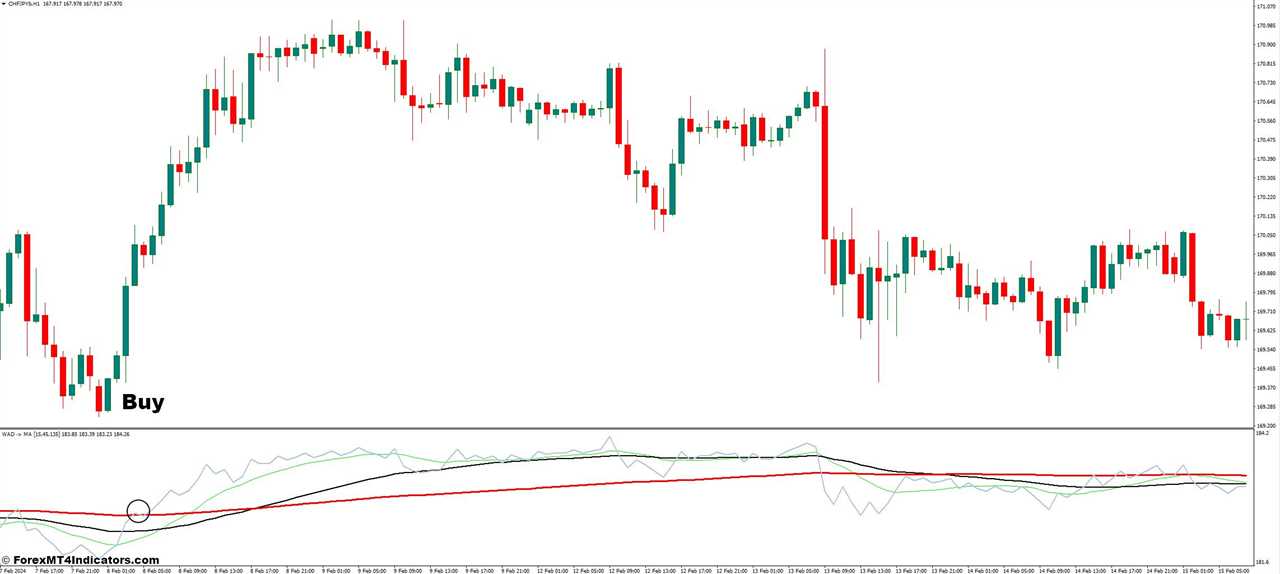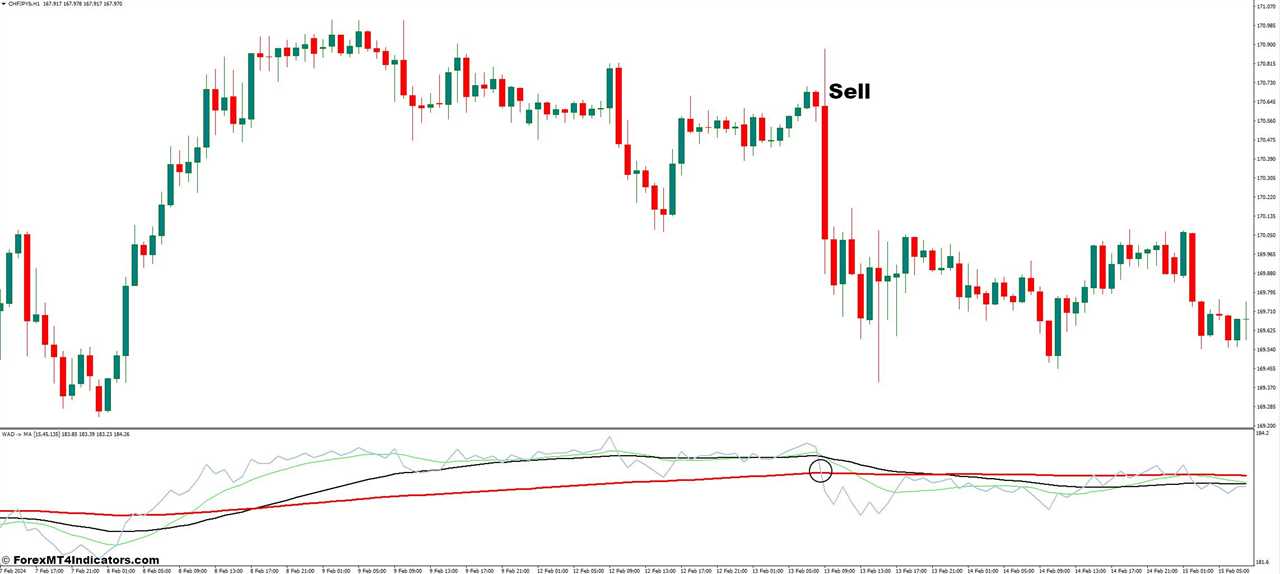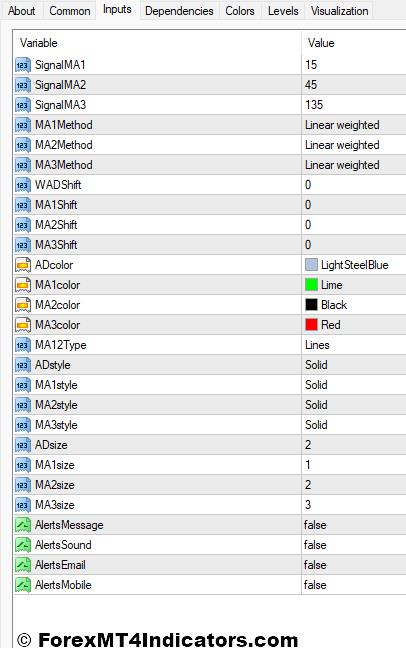||
The Williams AD, or Accumulation/Distribution (A/D) Indicator, is a technical analysis tool developed by the legendary trader Bill Williams. It measures the buying and selling pressure behind security by analyzing the closing price relative to the intraday high and low. In simpler terms, it tells you whether bulls (buyers) or bears (sellers) are in control at a given time.
A Brief History of the Indicator
Bill Williams, a pioneer of technical analysis, introduced the A/D indicator in his book, “Trading and Chaos – Mind Over Market” (1995). He believed that market movements could be understood through a set of universal principles, and the A/D played a crucial role in his trading philosophy.
Bill Williams and His Trading Philosophy
Williams emphasized the importance of understanding the underlying forces driving market prices. He argued that by analyzing factors like accumulation and distribution, traders could gain valuable insights into potential price movements. The Williams AD serves as a window into this dynamic, helping you gauge the strength behind price trends.
Understanding the Calculation of the Williams AD
Breakdown of the Formula
The Williams AD calculation might seem intimidating at first glance, but it boils down to a simple principle. Here’s a basic breakdown:
- The indicator considers the closing price, the highest price reached during the period (true high), and the lowest price reached (true low).
- If the closing price is higher than the previous close, the difference between the close and the true low is added to a running total (accumulation).
- Conversely, if the closing price is lower than the previous close, the difference between the close and the true high is subtracted from the running total (distribution).
- Volume plays a role too. Higher volume amplifies the impact of price movements on the A/D line.
Price Movement and AD Values
The resulting A/D line oscillates between 0 and 100. Generally:
- Values above 50 suggest accumulation, indicating potential buying pressure.
- Values below 50 suggest distribution, hinting at potential selling pressure.
The Role of Volume in the Calculation
Remember, volume is a crucial factor in the A/D calculation. Higher trading volume strengthens the significance of the indicator’s readings. So, a spike in the A/D line accompanied by high volume suggests a more robust accumulation or distribution phase.
Identifying Buy and Sell Signals
The Williams AD offers valuable insights into potential turning points:
Divergence
When the price makes a new high (or low) but the A/D line fails to follow suit, it can signal a potential reversal. A bullish divergence (price rising, A/D not) suggests weakening selling pressure, while a bearish divergence (price falling, A/D not) suggests waning buying pressure.
Understanding Divergence with Price
Divergence is a powerful tool, but it’s not foolproof. Always confirm these signals with other technical indicators or price action patterns for increased confidence.
Advanced Strategies with the Williams AD MA
There are several ways to use the MA with the A/D:
- Crossovers: A buy signal could be generated when the A/D line crosses above the MA, and vice versa for a sell signal.
- Centerline: Some traders use the MA as a centerline, with buy signals above the centerline and sell signals below.
Customizing the Moving Average for Different Strategies
The choice of MA length depends on your trading style:
- Short-term traders might favor a shorter MA (e.g., 5 periods) to capture quicker shifts in buying and selling pressure.
- Long-term traders might prefer a longer MA (e.g., 20 periods) to identify trends with more confirmation.
Experiment with different MA lengths to see what aligns best with your trading timeframe and risk tolerance.
Limitations and Considerations of the Williams AD MA
False Signals and Market Noise
Like any technical indicator, the Williams AD MA isn’t perfect. It can generate false signals, especially in volatile markets or during periods of consolidation. Remember, the market is a complex beast, and no single indicator guarantees success.
The Importance of Confirmation
Always confirm signals from the Williams AD MA with other technical indicators or price action patterns. Look for supporting evidence like trend lines, chart patterns, or volume changes to strengthen your trading decisions.
Combining the Williams AD MA with Other Indicators
The Williams AD MA plays well with others! Consider incorporating it with:
- Relative Strength Index (RSI): The RSI gauges overbought and oversold conditions, offering additional confirmation for A/D signals.
- Stochastic Oscillator: Similar to the RSI, the Stochastic Oscillator helps identify extreme price movements, potentially corroborating signals from the A/D.
Remember: A confluence of indicators pointing in the same direction strengthens the validity of a potential trade.
How to Trade with Williams AD MA MT4 Indicator
Buy Entry

Bullish Divergence: Price makes a new low (higher low on subsequent swings), but the A/D line fails to follow suit and creates a higher low. This suggests weakening selling pressure, potentially indicating an upcoming price rise.
- Entry: Consider buying near the support level (previous swing low) or on a break above a resistance level following the divergence.
- Stop-Loss: Place a stop-loss order below the recent swing low or support level.
- Take-Profit: Target a profit level based on technical analysis tools like Fibonacci retracements or price projections. Alternatively, consider trailing stop-loss to lock in profits as the price moves in your favor.
Sell Entry

Bearish Divergence: Price makes a new high (lower high on subsequent swings), but the A/D line fails to confirm and creates a lower high. This suggests waning buying pressure, potentially foreshadowing a price decline.
- Entry: Consider selling near the resistance level (previous swing high) or on a break below a support level following the divergence.
- Stop-Loss: Place a stop-loss order above the recent swing high or resistance level.
- Take-Profit: Target a profit level based on technical analysis tools or consider trailing stop-loss to lock in profits as the price moves against you.
Williams AD MA MT4 Indicator Settings

Conclusion
The Williams AD MA offers valuable insights into market sentiment and potential turning points. By understanding its core principles, interpreting its signals, and using it alongside other technical analysis tools, you can gain a valuable edge in your trading endeavors. Remember, the key to success lies in continuous learning, disciplined execution, and sound risk management.
Recommended MT4/MT5 Broker
XM Broker
- Free $50 To Start Trading Instantly! (Withdraw-able Profit)
- Deposit Bonus up to $5,000
- Unlimited Loyalty Program
- Award Winning Forex Broker
- Additional Exclusive Bonuses Throughout The Year
- Exclusive 50% Cash Rebates for all Trades!

>> Sign Up for XM Broker Account here with Exclusive 50% Cash Rebates For All Future Trades [Use This Special Invitation Link] <<
Already an XM client but missing out on cashback? Open New Real Account and Enter this Partner Code: 𝟕𝐖𝟑𝐉𝐐
(Free MT4 Indicators Download)
Click here below to download:
Williams AD MA MT4 Indicator
||
-----------------------------------------------------
By: Tim Morris
Title: Williams AD MA MT4 Indicator
Sourced From: forexmt4indicators.com/williams-ad-ma-mt4-indicator/?utm_source=rss&utm_medium=rss&utm_campaign=williams-ad-ma-mt4-indicator
Published Date: Fri, 02 Aug 2024 01:00:13 +0000
Read More
.png) InvestingStocksToolsClubsVideosPrivacy PolicyTerms And Conditions
InvestingStocksToolsClubsVideosPrivacy PolicyTerms And Conditions
